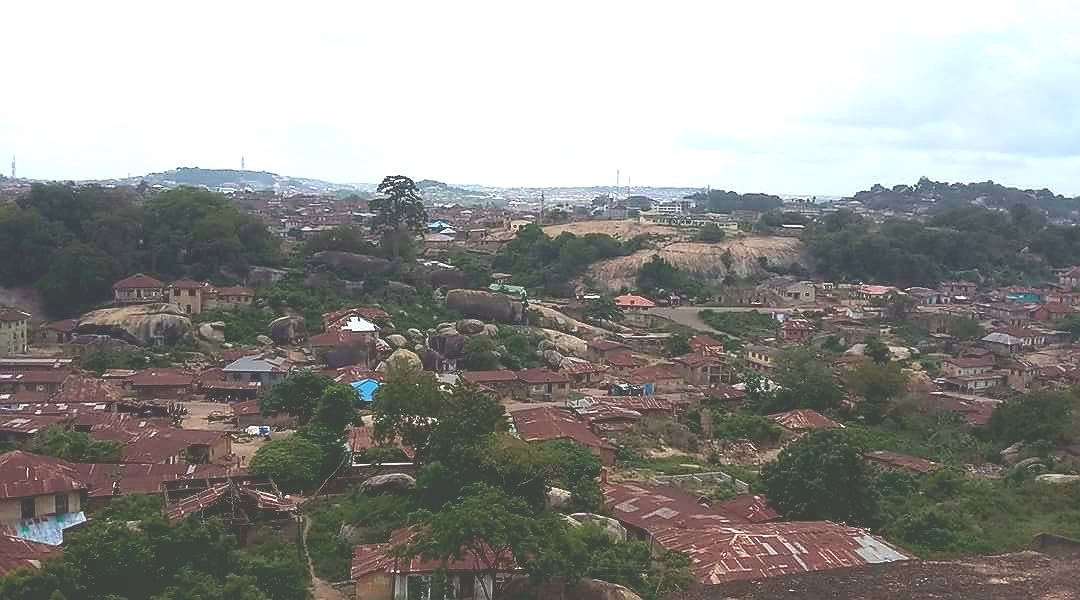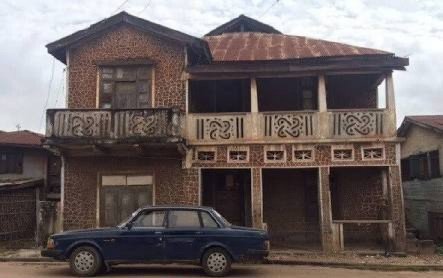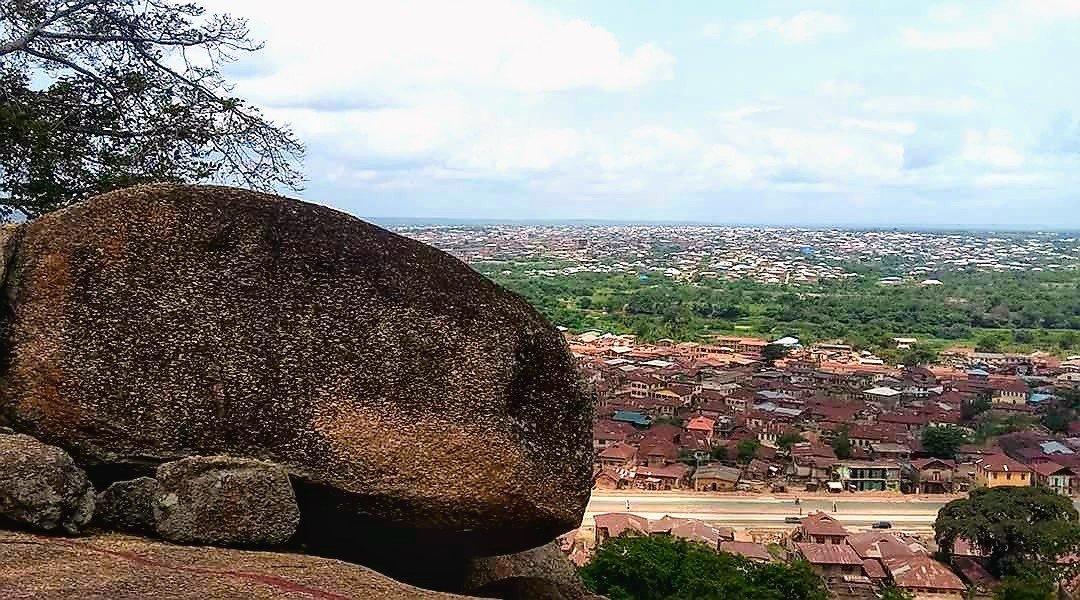Aptly named for its location beneath the defensive protection of a massive rock outcrop, Abeokuta was founded in 1830 by a hunter of the Egba clan of the Yoruba ethnic group. Sodeke, as he was known, was leading a large party of his people fleeing to safety as the old Oyo empire crumbled and found refuge there.
They became the first settlers of this city, choosing the eastern bank of the Ogun River in an area characterized by a mixture of woodlands and grasslands, dotted with rock boulders of varying sizes.
By the 1840s the population of Abeokuta was given a boost by the of former slaves who returned from Britain or were rescued from ships in the Atlantic Ocean, following slave trade abolition by Britain in 1807. They first settled in Freetown, in what later became the capital of Sierra Leone, before some found their way to Abeokuta, including Bishop Samuel Ajayi Crowther, who found his way back to his ancestral home.
As Abeokuta gained from its access to Lagos, facilitating the palm oil and kola nuts trade from the interior, the Dahomey Kingdom to the west, which had been instrumental to Oyo’s collapse, cast a jealous eye toward the nascent city. When King Ghezo of Dahomey sent his troops to overrun Abeokuta in 1851, the inhabitants teamed up with the returnees and missionaries from Freetown to repel the attack. They kept off subsequent attacks until they ceased after 1864.
During this period , Abeokuta gave birth to Nigeria’s first newspaper, Iwe Irohin, founded by John Townsend of the Church Missionary Society to aid evangelism. But it opened the floodgates to a vibrant newspaper and media culture.
It was a period of rapidly changing political dynamics, with the British asserting their colonial designs. Faced with hostile pressures from neighbours, particularly from Ibadan following the Yoruba civil wars from 1877-93, the king of Abeokuta, the Alake of the Egba, formed an alliance with the British, who recognized the Egba United Government that subsequently became part of Nigeria under colonial rule.
This set the stage for the application of British “indirect rule,” whereby a local ruler was allowed to reign over his people as long as he did the bidding of the colonial master. It was under this arrangement that the railway was extended to Abeokuta in 1899 on its way north. It was also through this system that taxes and levies were imposed on the people, provoking riots in 1918.
A similar situation was enacted in 1949, when taxes imposed on the people with British approval by the then Native Authority headed by the Alake once again provoked riots. The chief organizer of the opposition was Funmilayo Ransome-Kuti, a teacher and a local women’s leader, who helped stir up such strong opposition that the Alake was forced to temporarily abdicate his crown.
A Modern City Emerges With colonial rule, Abeokuta became a province, one of the administrative units under which the government was run. Corresponding to about half of present-day Ogun state, its jurisdiction extended all the way to Badagry, with Abeokuta as the headquarters. In addition to the rail that had come in the last year of the 19th century, roads then followed, linking Abeokuta with Lagos and other key towns in the southwest such as Ibadan, Shagamu, Ìkorodu and Ijebu Ode, Ilaro and the neighboring country of Dahomey (now Benin Republic).
This laid the basis for its growth as a commercial centre while playing a key role in the spread of Christianity and Western education in Nigeria.

Economic activities A large percentage of the population engages in farming and commerce with yams, cassava, fruits, vegetables, kolanut, oil palm, rice, cotton and cocoa among the produce. Many of the items which pass through Abeokuta are often destined for Lagos, the sprawling metropolis to the south. Cotton, which came with the missionaries in the 19th century, spawned a local industry in weaving and cloth dyeing for which Abeokuta remains renowned.
There are local industries engaged in food processing as well as granite quarrying, saw milling, cement production, brewing and plastics manufacturing. It is also a city of white-collar workers who operate the bureaucracy of Ogun state and also run the many educational institutions in and around the city.
Weather and Topography Abeokuta falls within the tropical, equatorial region, divided into wet and dry seasons. Rains generally start around March and peak between June and July before wearing off in October. January is the driest month and the city, like most of Nigeria, comes under the influence of north-southerly winds from across the Sahara Desert. The city has an average temperature of about 27 degree Celsius.
The topography is mostly undulating with elevations varying from 100 meters to 400 metres above sea level in places, interspersed with masses of granite as well as small and medium boulders.

Places of Interest The old Abeokuta walled town in the Ake district of the city, which has relics of the city that are still standing. Nearby is the palace of the Alake, the traditional ruler of the city. There is also the St Peter’s Church, Ake, first built in the 1840s and regarded as the oldest Christian church in Nigeria.
Olumo Rock
This is the biggest and most spectacular of the massive granite boulders that dot Abeokuta. Rising 137 meters above sea level, the Olumo is the highest point in the city. It was a vantage point from which Egba warriors observed the approach of their enemies from Dahomey and Ibadan in order to outmanoeuvre them. Underneath this rock, the people also found refuge, therefore the name, Abeokuta.
Itoku market
This market, right in the centre of Abeokuta, is the heart of the trade in traditional dyed cloths known as adire. These bear beautiful artistic motifs that lend them authenticity and give dignity to the wearer. Other articles and costumes sold the market include beads, camwood, spices, traditional art norms and local musical instruments.
The Kuti Family Home
Located in the Isabo district, the one-storey building with old-style masonry, was the residence of the teachers Israel and Funmilayo Ransome-Kuti. This is the house where his famous children (including the doctors Olikoye and Beko and the famous musician, Fela, and their only sister) were born.It was recently converted to a museum by the Ogun state government.

